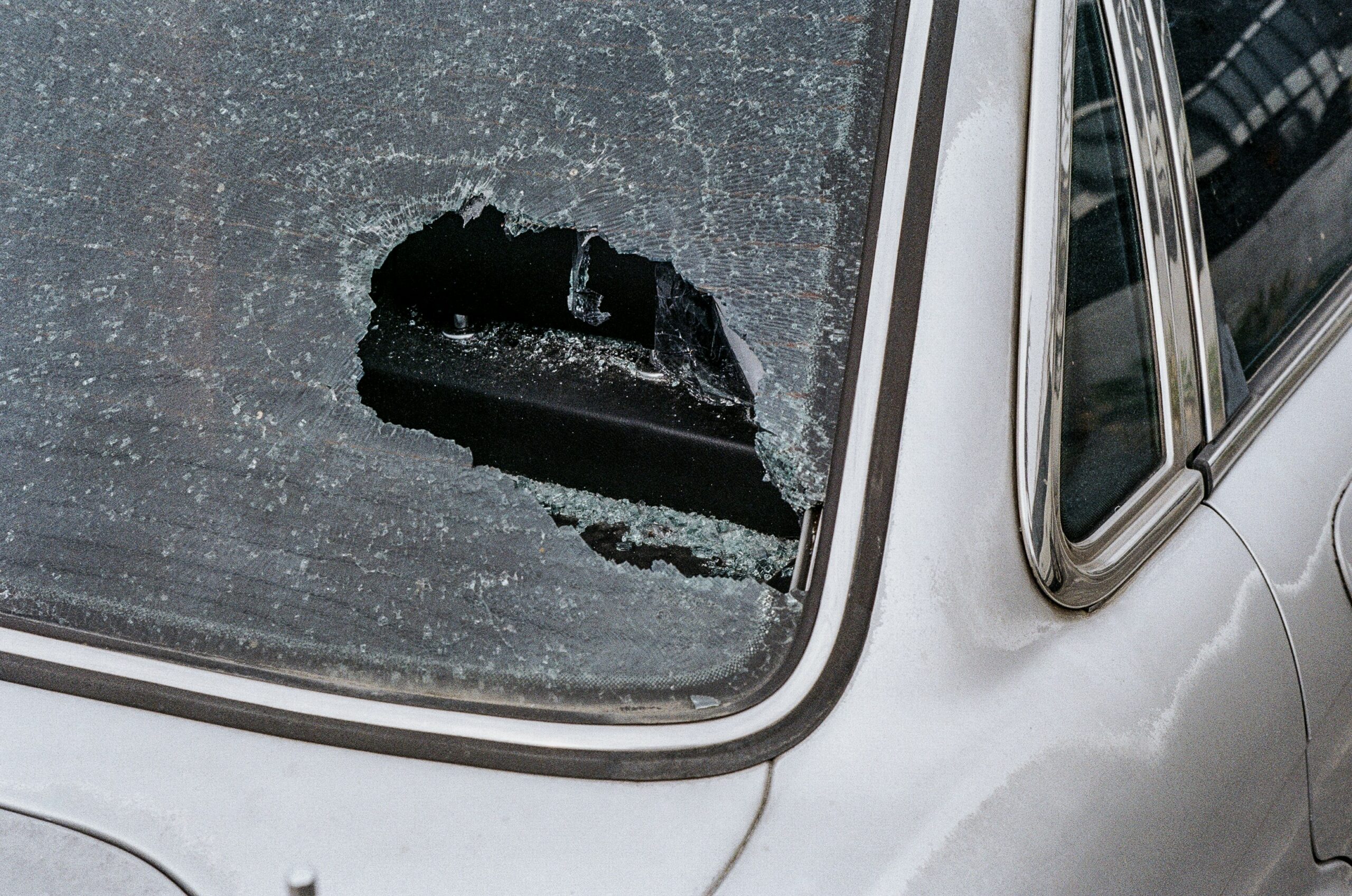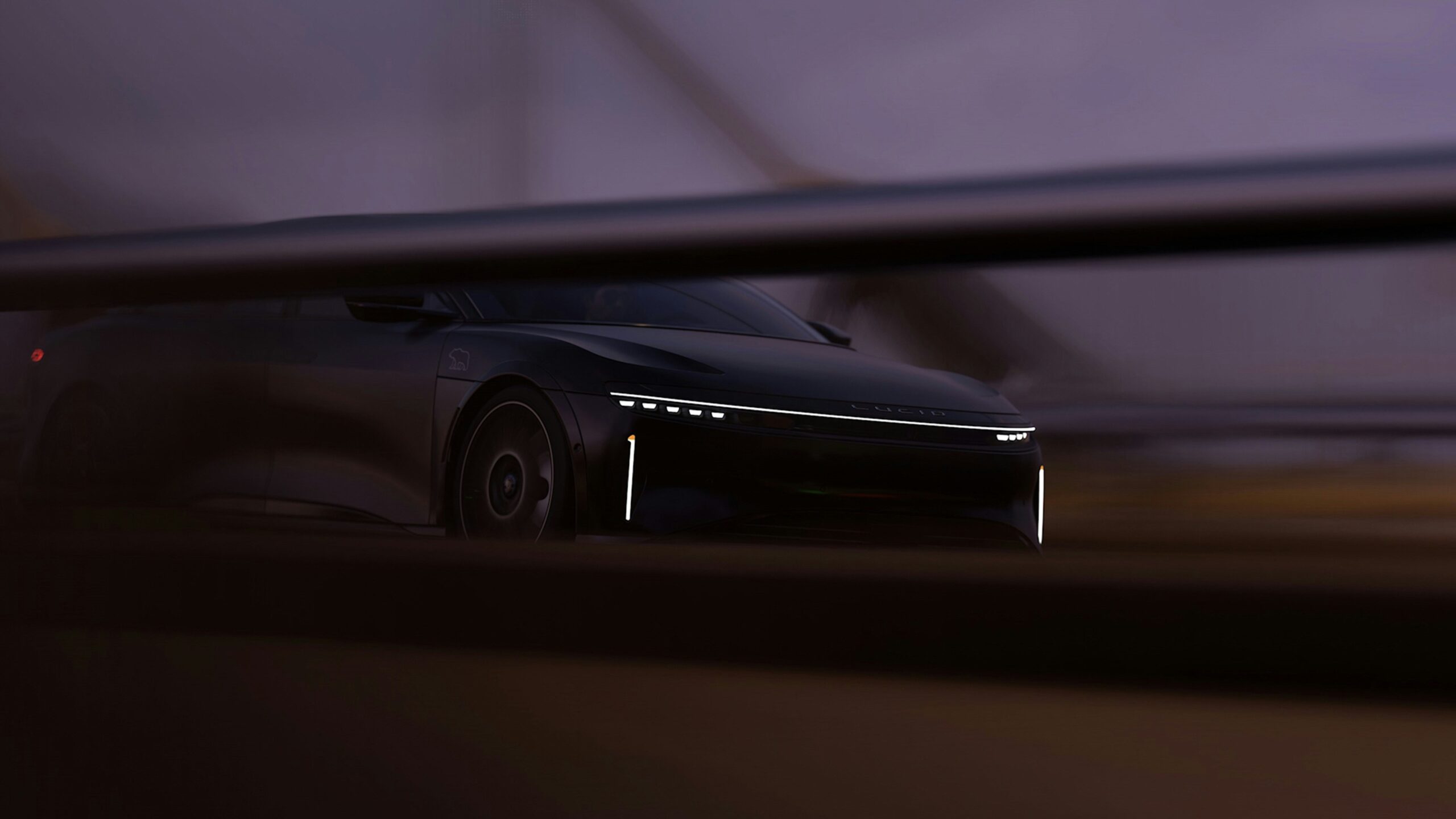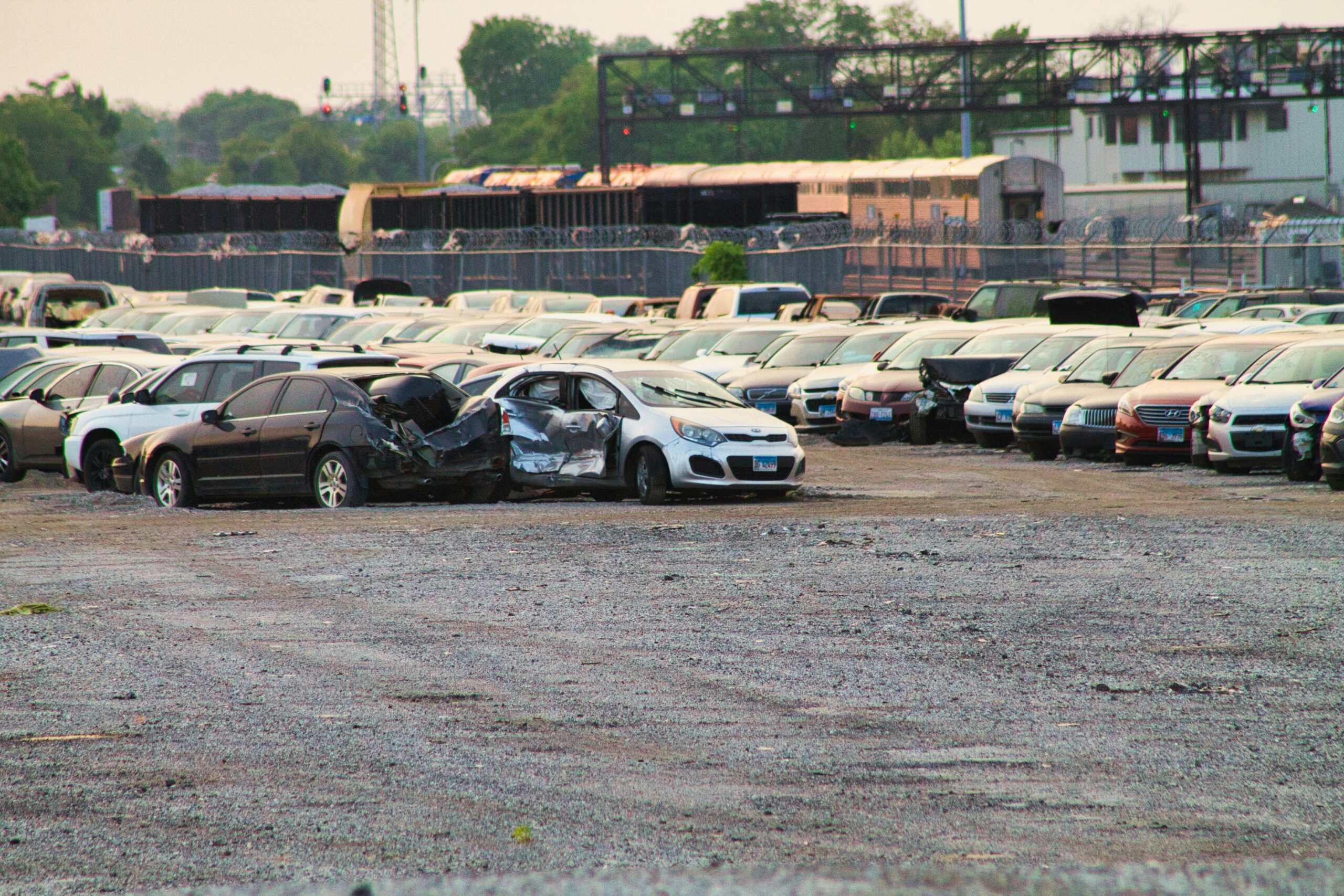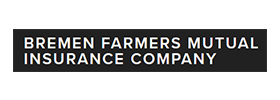In insurance, risk is everything. Risk is what an insurance company “accepts” in exchange for your monthly, semi-annual, or annual payments – or “premiums,” as they’re referred to in the insurance world. When you’ve been labelled high-risk, you’re someone whose risk is greater than the average. Often, as a result, your premiums will be higher (but that’s not the only impact).
Being high-risk isn’t a good thing, but it doesn’t mean you can’t get affordable insurance. Let’s dig in a little more into what being high-risk might mean for you.
Why was I labelled as high risk?
High-risk usually applies to auto insurance, but it can apply to home insurance as well. To have been labelled as high-risk, it’s likely that you’re someone who:
- Has been involved in multiple at-fault accidents
- Has received multiple speeding violations or tickets
- Has been cancelled previously due to non-payment
- Has been convicted of insurance fraud
- Has been convicted of major violations, like DUI
- Has a rural or non-standard property
- Has a home that’s 100 years or older
If you’ve ever been told that you’re a high-risk driver or have a high-risk home, odds are it’s because of one or more of the reasons listed above. Sometimes, young drivers or inexperienced drivers (including immigrant drivers, who may not have had their driving history carry over from their country of origin) may see similar rate hikes as high-risk drivers, but may not have the same high-risk label.
What happens if I’ve been labelled high-risk?
Being high-risk means you do not qualify for standard insurance. You’ll probably end up paying more for your insurance, sometimes two or three times as much. You’ll be required to purchase non-standard insurance, otherwise known as “high-risk” insurance.
What happens if you’ve been labelled high-risk? How is it different than ordinary insurance?
- High-risk insurance always costs more than standard insurance. It can cost a minimum of 20% more, but sometimes up to 2-3x as much. It depends on your insurance company and why you’ve been labelled as high-risk.
- Your payment options may be significantly limited. The most common reason why drivers are labelled as high-risk is due to non-payment. As a high-risk policyholder you may only be able to pay via certain means, or may be forced to pay for your policy upfront.
- Your coverage will be limited. You may not be able to customize your policy nearly as much as if you had standard insurance. You’ll usually have capped liability limits, higher deductibles, and your policy may have certain conditions placed on it.
Being high-risk won’t just affect you. If it’s for your auto insurance, every other driver listed on your policy will also be impacted. It may also impact others living in your household.
How long will I be considered high-risk?
It depends on why you were high-risk in the first place.
For homes, it’s a little more difficult. Usually, if you weren’t cancelled due to non-payment in the past, your home is high-risk due to its infrastructure or where it’s located. You may be stuck with your high-risk label, unless you make certain modifications to your home, such as renovating its roof, older features, etc. Ask an agent for ways to save on high-risk home insurance, or discuss your situation with us and we’ll see if we can make some suggestions.
For cars and auto insurance, it boils down to time. Whether you were cancelled due to non-payment or for an at-fault accident, usually your high-risk label will fall off after 3-6 years. During this time, we recommend reviewing defensive driving habits, avoiding impaired driving, setting up automatic withdrawals or being upfront and honest with your broker if you’re ever unsure if you can make your insurance payments on time. If your financial situation is especially tight, you may wish to consider alternative transportation until your rates can come back down with time.
Who are the best insurance companies for high-risk?
Not every company offers high-risk insurance, but it’s important to find one that works for you and your budget if you are ever labelled as high-risk. The right company will offer decent coverage options at low rates (low as far as high-risk goes) and potentially even offer discounts to help you save even more.
Here are some of the best insurance companies if you’ve been labelled high-risk:
- Progressive
- State Auto
- SafeCo
- American Modern
To discuss more about high-risk insurance, or recommendations on how to save money despite a high-risk label, give us a call at 913-839-1478 today or get a free quote. AHI Group is more than happy to walk you through your new circumstances or connect you with an insurance company who specializes in high-risk insurance policies, saving you money and time.


























